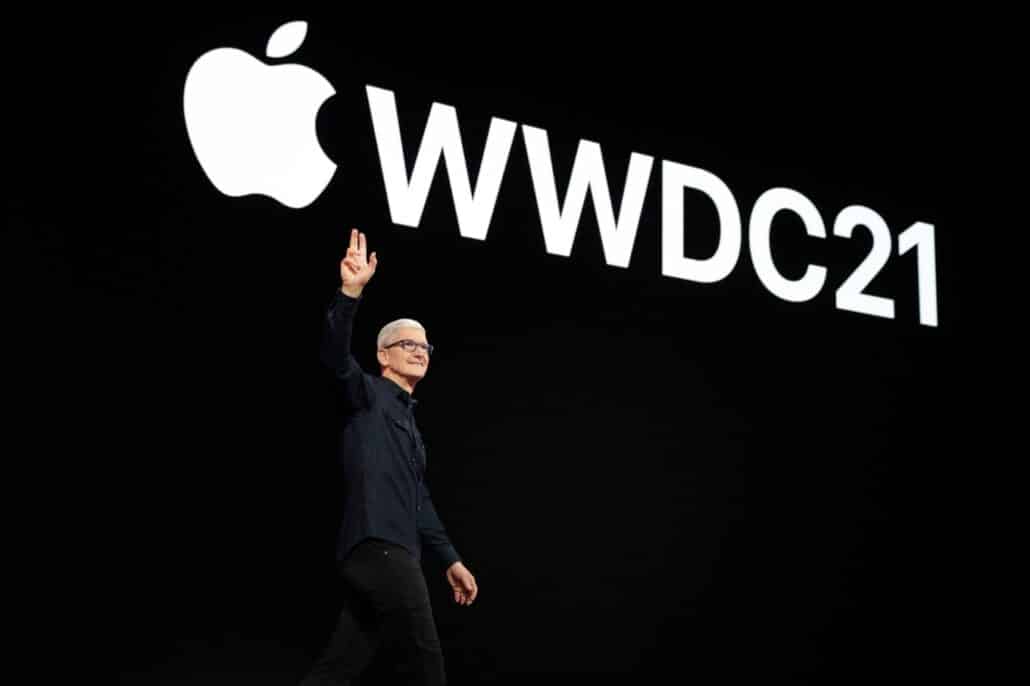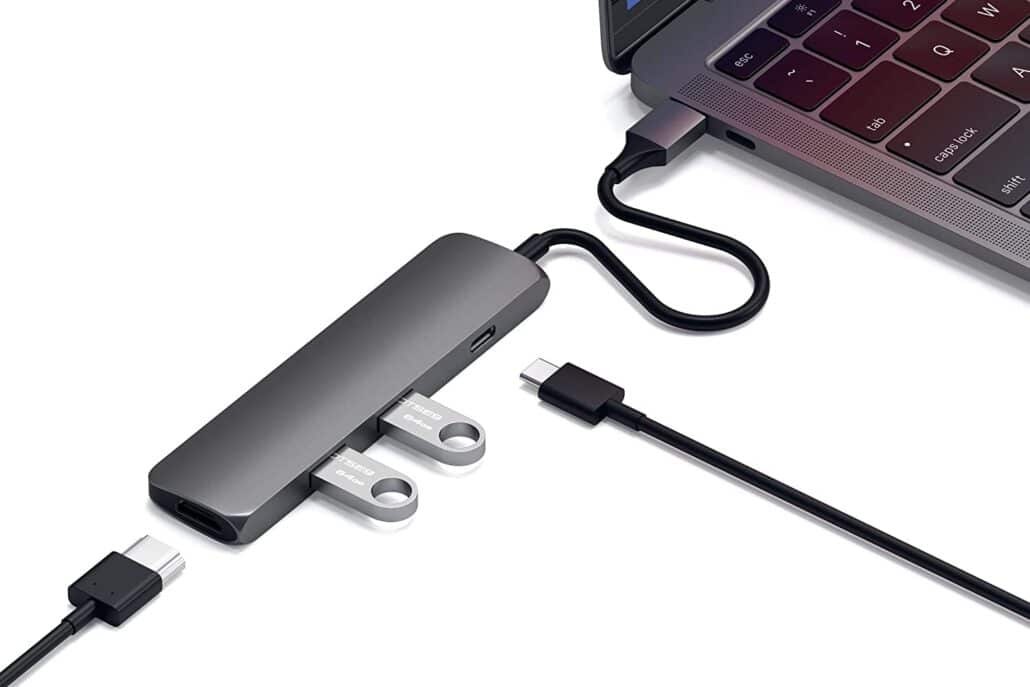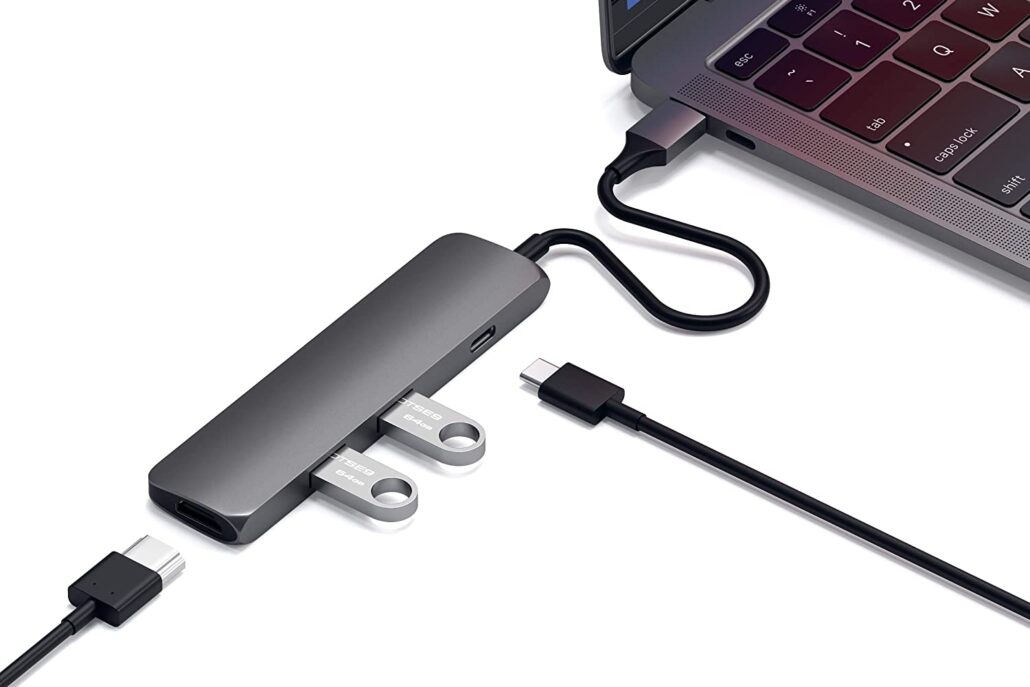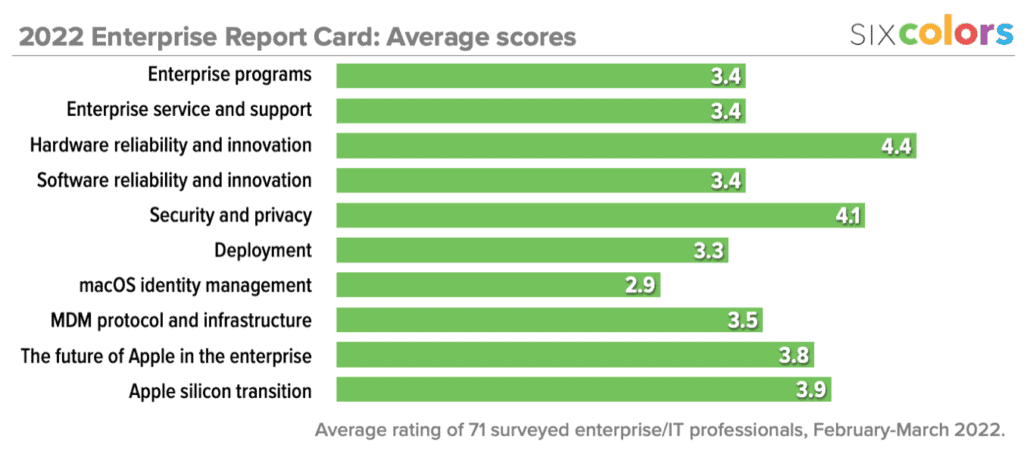
2022 iPad and iPad Pro review: Mixed feelings
Viewed individually, the 10th-generation iPad and the M2 iPad Pro don’t seem strange at all. In fact, the new iPad Pro is extremely familiar—it’s a look that hasn’t changed much in four years. The 10th-generation iPad is a notable improvement on its predecessor—but let’s lower our voices a little, since the ninth-generation iPad is still alive and kicking and it might get awkward if it hears us.
It’s when you look at them together that they don’t quite add up. That’s not relevant if you’re in the market for one of these iPads. They’re good—in fact, I think the 10th-generation iPad is a tremendous value. But if you’re someone who is invested in the iPad and is trying to get an idea of what Apple thinks the future of the platform is, it’s easy to have mixed feelings. The new low-end iPad suggests that Apple is stepping into the future of the iPad as a sometimes-laptop, from its default orientation to the use of a trackpad and a full function-key row. And yet that future is… strangely not a part of the top-of-the-line iPad Pro, which is (I say again) largely unchanged from four years ago, let alone last year.
Mixed feelings, indeed.
iPad 10th generation

The $449 new 10th-generation iPad is kind of great. Its A14 processor is speedy enough to perform pretty much any action that any regular user would ask of it, and it’s been paired with an accessory, the $249 Magic Keyboard Folio, that turns it into a solid computing device complete with a keyboard and trackpad for under $700.
However, Apple has made some choices with the iPad that will limit its appeal to some users. Some of those choices are understandable, given the availability of more expensive iPads, others less so.
The new iPad is an evolution from the ninth-generation model, which Apple is continuing to sell for $329. In addition to a faster processor, the tenth-generation model offers support for the Magic Keyboard Folio, a modern design without a home button (Touch ID is now located in the wake/sleep button, as it is on the iPad Air), a USB-C charging port, and three bright colors (blue, pink, and yellow) in addition to traditional silver.
Unfortunately, if you’re a fan of the Apple Pencil, I don’t think I can really recommend this iPad. The 10th-generation iPad only supports the first-generation Apple Pencil, which was supplanted four years ago by the Apple Pencil 2. Since it charges via Lightning, and this iPad doesn’t have a Lightning port, Apple has ginned up an awkward $9 adapter that lets you charge the Pencil via a USB-C cable. It’s small and will be easy to lose, and if your Pencil runs out of battery when it’s not around, you’re mostly out of luck. (Though if you’ve got an iPhone, you can plug it into that, and it’ll suck some power and charge itself back up.)
This is a ridiculous situation, but Apple has painted itself into a corner thanks to its design decisions with the two Pencil models and its choice not to bite the bullet and add Pencil 2 compatibility on this iPad. If you don’t need pressure sensitivity in your stylus, consider using the $70 Logitech Crayon, which is compatible with most modern iPad models and charges via USB-C.
In better news, Apple has relocated the user-facing camera on the 10th-generation iPad to one of its longer sides, meaning that if you hold your iPad horizontally (which I suspect most people do, most of the time), all your FaceTime calls will now look like you’re looking right at the camera, rather than off to the side. Very slowly, Apple is admitting that the iPad is a horizontal-first device—first, the power-on Apple logo displayed properly if you started up in a horizontal orientation. Now the camera has moved. All that remains is to rotate the Apple logo on the back by 90 degrees. Next time.
If you don’t care about the Apple Pencil and aren’t someone who pushes the iPad to its limits, this is a really good iPad. Getting rid of the home button improves this product just as it did the iPad Air. If you never want to attach a keyboard to an iPad or draw on it but just want to use it in its basic state as a touchscreen tablet, I think you’ll be more than satisfied with the 10th-generation iPad. Choose a bright color and have a fun time.
However, the truth is that people and institutions looking for the absolute lowest-cost iPad will probably continue to buy the ninth-generation iPad for a few years yet. It’s not as nice as this new model, but it’s cheaper, and its Apple Pencil story is substantially less complicated. I guess this model will be the go-to low-cost iPad selection… in a couple of years when the ninth-generation model disappears.
But seriously: If you’re someone who cares about the Apple Pencil, just don’t bother with this model. Spend the extra money and get the iPad Air, which supports the superior Apple Pencil 2.
Magic Keyboard Folio

For whatever reason, Apple has chosen to keep the old-style Smart Connector on the side of the 10th-generation iPad rather than move to the new version that’s located on the back. As a result, it’s not compatible with the Magic Keyboard, despite it being roughly the same size as the iPad Air and 11-inch iPad Pro.
Instead, Apple has built a new keyboard case just for the 10th-generation iPad, the Magic Keyboard Folio (available in white only). Its $249 price is $50 less than the Magic Keyboard for iPad, but still more than half the price of the base model 10th-generation iPad itself.
It’s a two-piece accessory: a magnetic back with a freely adjustable kickstand and a keyboard that attaches magnetically to the smart connector. This means you can fold the keyboard back or tear it off entirely when you’re using the iPad without the keyboard. However, that back piece is thicker and heavier than you might expect, and it doesn’t offer any screen protection on its own, so you’ll need to keep the keyboard portion handy if you plan on using the Magic Keyboard Folio as your only iPad case. (I use a Smart Folio for my iPad Pro and only swap in the Magic Keyboard when I’m typing because it’s so heavy and ungainly. The Smart Keyboard Folio offers more flexible ways of working, but you still might prefer to take it off if you only need to use it occasionally.)
The keyboard itself has the same Magic Keyboard mechanism as in the Magic Keyboard for iPad; the keys feel good, and it offers a good typing experience. The keys aren’t backlit like on the Magic Keyboard for iPad, but the Magic Keyboard Folio does add an additional row of function keys at the top. This is a feature that the Magic Keyboard for iPad is sorely lacking, and I’m encouraged that Apple apparently has decided that it’s worth putting the function row on an iPad keyboard. (Unfortunately, Apple hasn’t updated the Magic Keyboard for iPad to add a function row.)
While acknowledging that everyone’s ergonomics are different, I am not a fan of kickstands on mobile devices. By necessity, kickstands extend the depth required for a device to remain stable. If you’ve got a big table with lots of room, that’s great, but if you’re on a narrow surface or are sharing with other people, you may find that the kickstand requires more depth than is really available.
But to me, the most damning thing about kickstands is that they’re lousy on your lap. They lack stability and can even require more depth than my lap can provide. In the case of the Magic Keyboard Folio, the adjustment required to get it to perch on the edge of my knees ended up angling the iPad screen so that it was facing my chest, not my eyes. Your mileage may vary, but I would never buy a Magic Keyboard Folio expecting to use it anywhere but on a desk or table with plenty of room.
I’m glad Apple is making a decent keyboard with a trackpad available to users of the 10th-generation iPad. I just wish it had gone the extra mile and offered the actual Magic Keyboard. If you plan on using an iPad with a keyboard and trackpad and want to use it in your lap, it’s worth considering the iPad Air and Magic Keyboard, even though it will cost you about $200 more.
M2 iPad Pro

There’s a new iPad Pro, too, with an M2 processor that makes it a match for the M2 MacBook Air in terms of speed. But in terms of its exterior design, the iPad Pro is largely unchanged from the 2018 model, previously revised in March 2020 and May 2021.
That makes the fourth revision for this design without any substantial exterior changes. It’s a good design, yes, but it’s a little frustrating that it’s been in stasis for four full years. The 10th-generation iPad’s repositioned FaceTime camera would be welcome on a new iPad Pro. A revised version of the Magic Keyboard introduced in April 2020 with that extra row of function keys like the Magic Keyboard Folio would also be nice.
But while the low-end iPad points the direction to the future, the M2 iPad Pro remains in stasis. The display is unchanged from the M1 generation, meaning only the 12.9-inch model gets the excellent Liquid Retina XDR display, and the 11-inch model remains left out. There are several iPads available at the 11-inch size, so it would be nice if the iPad Pro were a bit better differentiated from (for example) the iPad Air. It’s not.
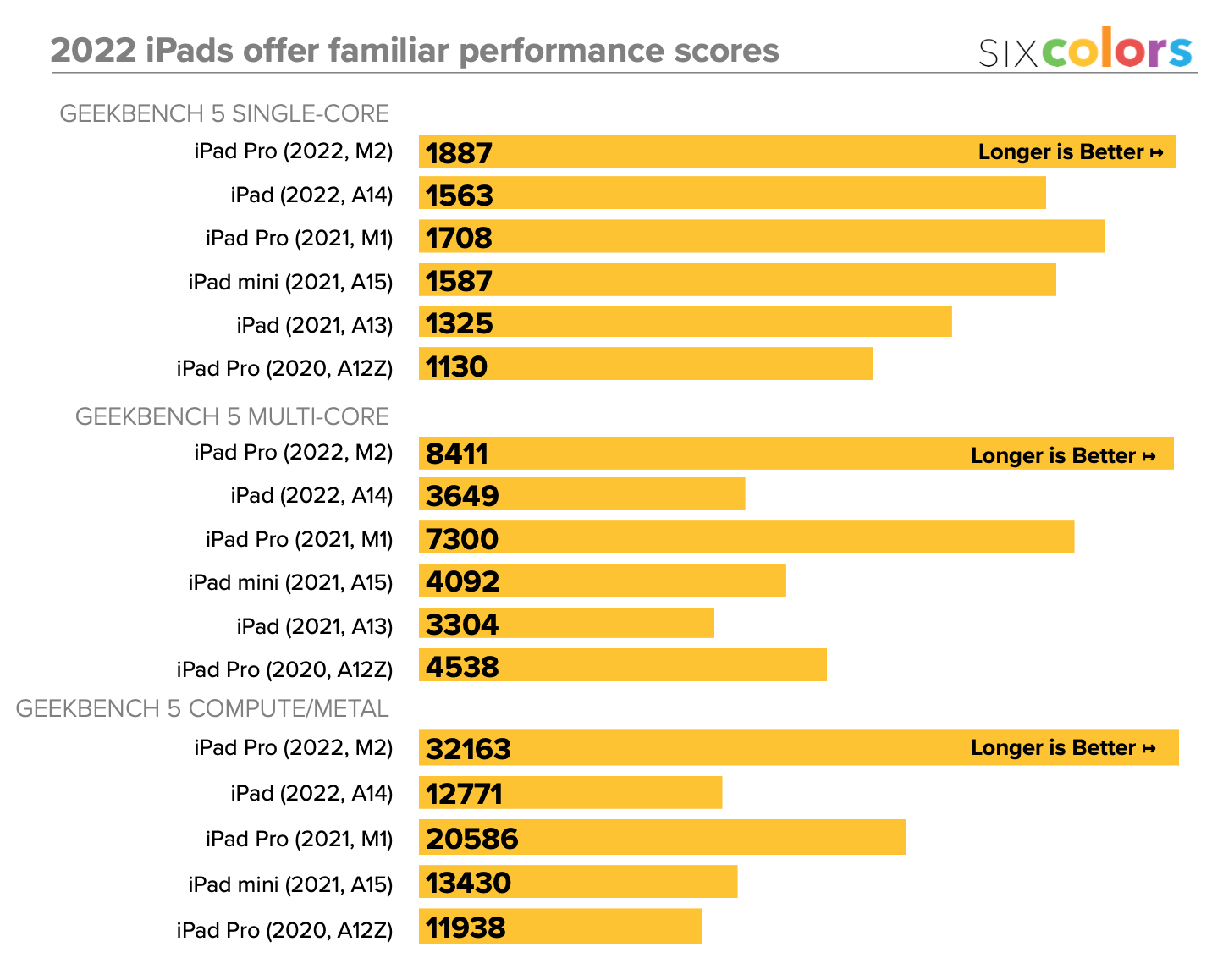
There’s one new feature in the M2 iPad Pro beyond the M2 processor itself: a new ability to detect when an Apple Pencil 2 is “hovering” just above the screen. This feature is a cousin to the hover state apps can adapt to when the pointer from an external trackpad is hovering over interface elements, but developers of Pencil-oriented apps can add more functionality.
There’s some real potential here. Hovering the Pencil in most drawing apps will show a preview of what will be drawn if you touch the tip to the iPad’s surface. When the Pencil is hovering, apps can also change their behavior. A double tap of the Pencil can mean something different when hovering than when not hovering. Swiping or pinching while hovering can also be coded to mean something completely different, perhaps even altering the displayed preview.
It’s a nice, albeit esoteric, feature. Perhaps some artists will find enough reason to upgrade for that feature alone, but in most cases, the buyers of M2 iPad Pros will likely be owners of lower-end iPads wanting to trade up or owners of older iPad Pro models who want something a bit faster and more capable. The M2 is a whole lot faster than the A12X and A12Z, and you’ll also pick up Stage Manager external display support. That said, if your 2018-era iPad Pro still does the job day in and day out, you could just hold on to it, and nobody will be the wiser.
I don’t have much more to say about the new iPad Pro. It’s really just the M1 iPad Pro, but with an M2. That’s not a bad thing, but it is a bit frustrating that while Apple is making changes to the iPad at the low end, the top-of-the-line iPad remains frozen in amber. As much as I’ve loved this iPad Pro design, I hope this is the last we see of it. It’s time for some more substantial improvements.
A sense of direction
I love what some of these changes signal about how Apple views the iPad. A trackpad is standard issue on even the low-end iPad’s keyboard accessory—that’s an endorsement in using the iPad with a traditional laptop-style input method. The new placement of the FaceTime camera suggests that Apple is acknowledging that horizontal orientation is preferred over vertical. Adding a function row to the keyboard suggests that Apple has gotten the message that iPad keyboard users would prefer the same quick controls that users of Apple’s laptops have had for ages.
I just wish that future iPad vision was here across the entire product line rather than scattered here and there. Apple seems to be taking the iPad in a good direction. I just wish we were there already.



